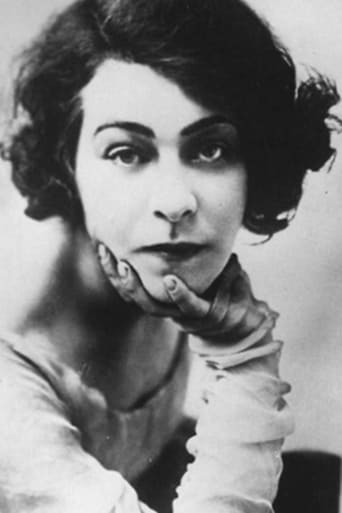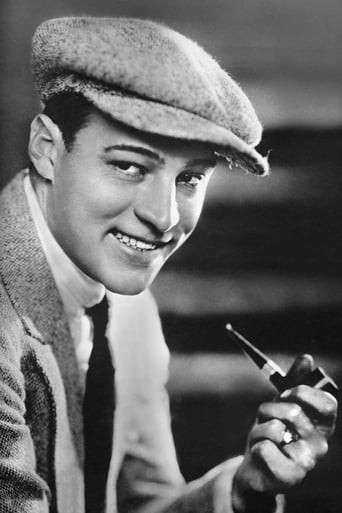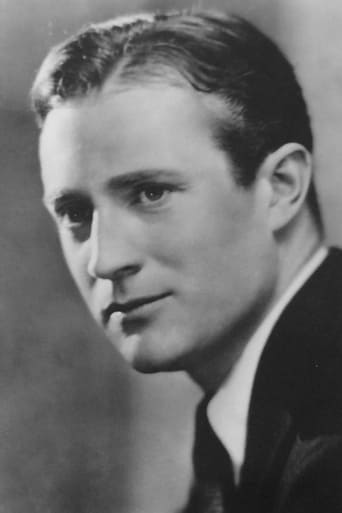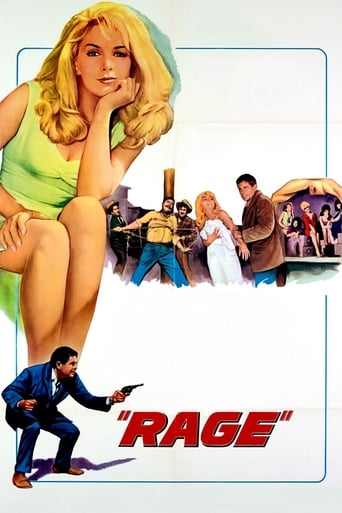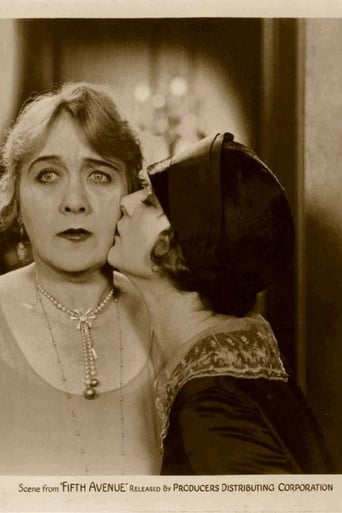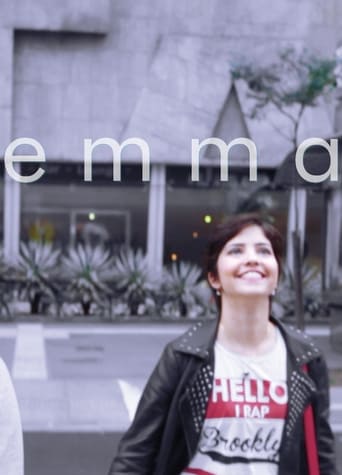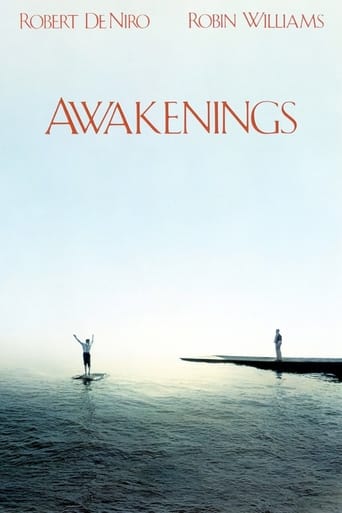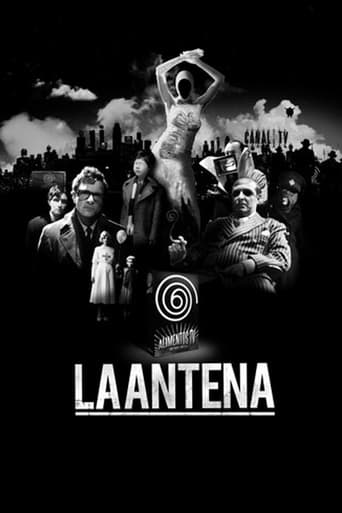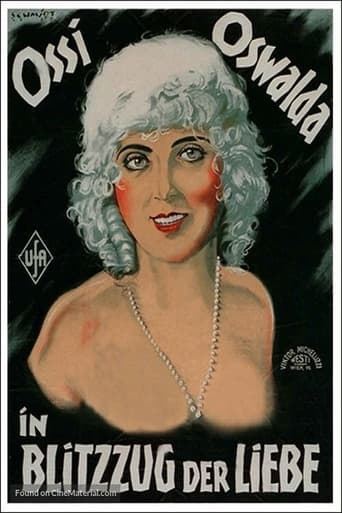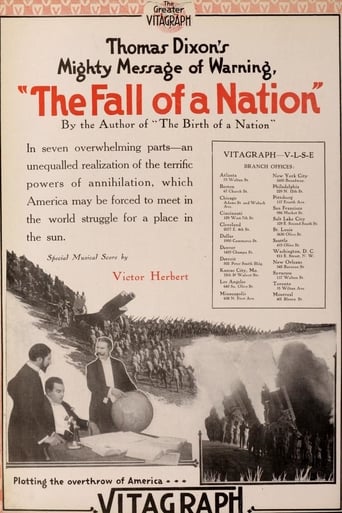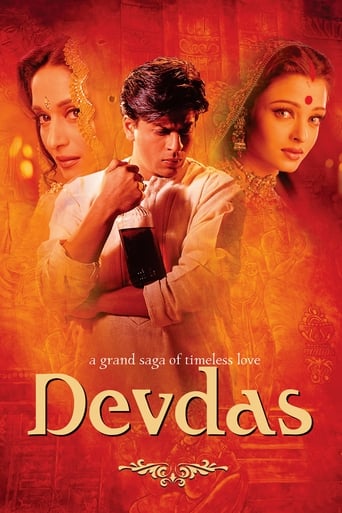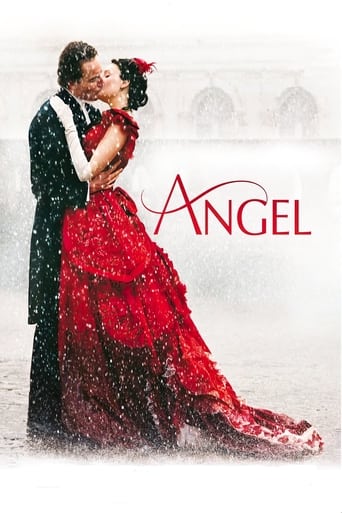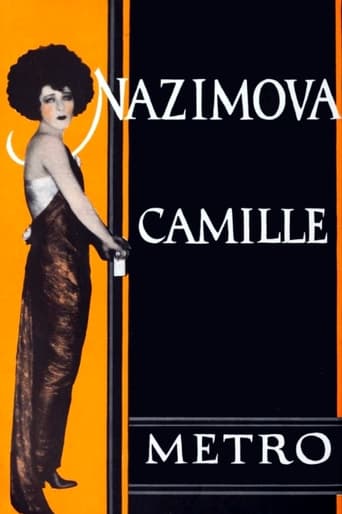

Camille (1921)
Camille is a courtesan in Paris. She falls deeply in love with a young man of promise, Armand Duval. When Armand's father begs her not to ruin his hope of a career and position by marrying Armand, she acquiesces and leaves her lover. However, when poverty and terminal illness overwhelm her, Camille discovers that Armand has not lost his love for her.
Watch Trailer
Cast


Similar titles
Reviews
Wonderful Movie
If the ambition is to provide two hours of instantly forgettable, popcorn-munching escapism, it succeeds.
While it doesn't offer any answers, it both thrills and makes you think.
By the time the dramatic fireworks start popping off, each one feels earned.
Camille (1921)I stumbled on a great clean copy of this packaged with the more famous Garbo talkie version from 1936, and it was interesting mostly as a comparison. Here for the first time I got to study the famous Rudolph Valentino (the "matinee idol" of the period). And in the leading role as the modernized Camille was Alla Nazimova, a Russian actress with serious aspirations and some success in the era.The film is a stubborn one to like, however. While not badly made, it has the stiff and sometimes plodding editing, scene to scene, that implies an audience that might not keep up with a more sophisticated treatment. (And more complex editing was common by 1921, for sure.) The acting, silent as it is, is false enough often enough to push a modern viewer off. Nazimova has this fabulous and distracting giant hairpiece on, for some reason, as if to show she's truly wild, but her acting is almost too serious for the fun she is meant to inspire.The set design is a wonder in many ways, having a modern flair that precedes Art Deco and might interest fans of that mid-20s style. The camera, however, is often satisfied to center the scene and sit and watch the events. Bitzer (with Griffith) knew the dangers of this years earlier, and little known director Ray Smallwood is clearly not making the most of some very dramatic moments.The story, in brief, is about a spirited young woman who is at the age where she must marry to survive, and she falls between a rich, dull count and a handsome, adorable common person (Valentino). What plays out is something very unfamiliar to Western women in our era, because the main woman (who is called Marguerite) is trapped by really needing a man to support her, period. True love with a relatively poor chap just won't do, and yet of course true love is true love, and Valentino promises to support her one way or another. But his (of all people) father interferes and and basically dashes true love on the rocks.The end is unremittingly tragic, the camera again centered on the final scene.See it? No, I'd so not, unless you have some deep interest in either the story or one of the main actors. The plot is based on a Dumas classic from 1848, and is most famous for having inspired the great opera, La Traviata. If you want a quite good movie on these events, see the Garbo version.
Next to Greta Garbo's sound classic version and not counting filmed productions of La Traviata, the best known filmed version Alexander Dumas's story Camille is this 1921 version that starred the great Russian actress, Alla Nazimova. But what was more important is that a lot of film fans got their first glimpse of another legend in Rudolph Valentino. In the same year of 1921 Rudy also got his career making role in The Four Horseman Of The Apocalypse. Together with Camille where he played Armand Duval assured his career and who would have known there would only be five more years.This version only runs 70 minutes and I've got to wonder whether the folks at Metro Pictures left a lot on the cutting room floor. Though Valentino and Nazimova were great as were the rest of the cast, I have to wonder that there's a whole lot more that was made.Nazimova is a whole lot less subtle in her acting than Greta Garbo, still she carries the part well. Valentino however is as perfect as Robert Taylor in the sound version. It's a role that calls for one to be callow, bumptious, and terribly sincere all at the same time. Both Taylor and Valentino had the delicacy of features to carry it off. And I've heard Valentino's speaking voice and I think he could have done this in sound as well.We may yet get another version of Camille, but I can't imagine who among today's players could play either Marguerite Gauthier and Armand Duval with the same earnestness.
The Dark SwanSaturday, July 14, 5:45 p. m., The Castro, San FranciscoForbidden love, betrayal and tragic self-sacrifice resonate throughout Alexandre Dumas' popular novel La Dame aux camélias, published in 1848. The story of a young aristocrat, who falls in love with a courtesan, the "Daughter of Chance," has appeared in a multitude of adaptations on the dramatic stage, in film and opera. Notable versions include Verdi's La Traviata and a popular English stage adaptation Camille, the subject of many films, first in 1907 and most recently in 1980.Exotic Russian actress Alla Nazimova developed and starred in this 1921 Metro Pictures production with Rudolph Valentino. A student of the great Stanislavsky, Nazimova first appeared on Broadway in 1906, introducing Ibsen and Chekhov to the American theater while starring in The Cherry Orchard, Hedda Gabler, A Doll's House and many others. Her immense popularity led to a film career, beginning with War Brides (1916) for Selznick Corporation, followed by a succession of financially lucrative films at Metro. During this period Nazimova became an influential figure within the developing 'Café Society' of actors, producers, writers and technicians who lived and socialized in the rolling hills above Hollywood.Nazimova's Camille showcased the talents of brilliant young scenarist June Mathis and production designer Natacha Rambova, who created unique, unconventional art deco sets and costumes for the film. Handsome young Italian Rudolph Valentino was cast as Armand, Camille's lover, following his work in Rex Ingram's The Four Horsemen of the Apocalypse and The Conquering Power, both scripted by Mathis. The wave of intense popularity that followed Valentino for the rest of his abbreviated life began in 1921. Nazimova brought a dark elegance and restrained intensity to a character previously identified as cheerfully compliant.While Nazimova came to film late, forty-two when Camille was released, and the appreciation of her talent was never fully realized on film, she did exert a planetary influence on many younger performers. Her smoldering, feline sexuality is visible in the thin veneer of sophistication and moody avoidance masking Mae Murray's utter panic in The Merry Widow (1925), and Carole Lombard's haughty, posturing, indifference in Howard Hawk's Twentieth Century (1934).
Absolute masterpiece of style! Actors: Very effective type of acting with minimum movements of characters in manner like sculptures which come to life(matador's gesture of Valentino with up hands when he wants to kill his sweetheart at last them meeting - for example).See this influence in acting even in avant-garde films of Kenneth Anger. Decorations:Clothes and decorations with Art Deco for more romantic and impression.Scenario: Simple and correct (in Shakespire's manner).Love in Spring,Death at Winter... Direction: As good as it's possible.Because punctual and accurate sets maximum style for this king-size drama.


